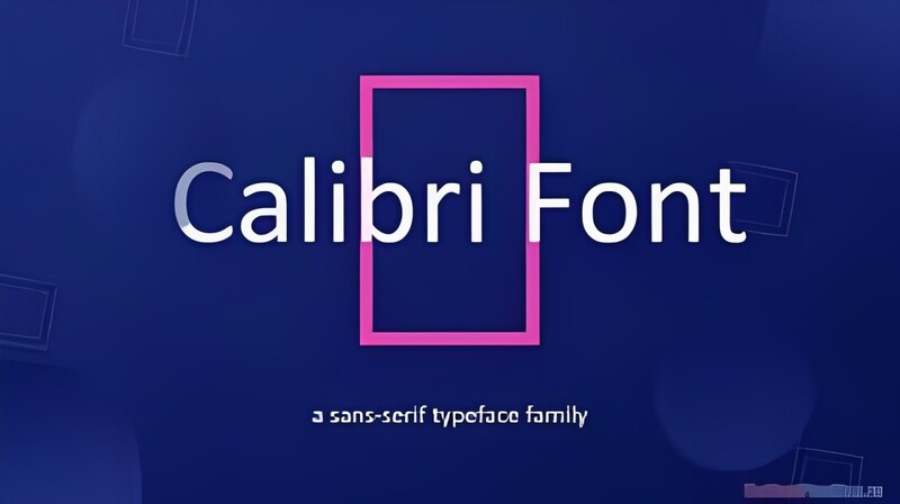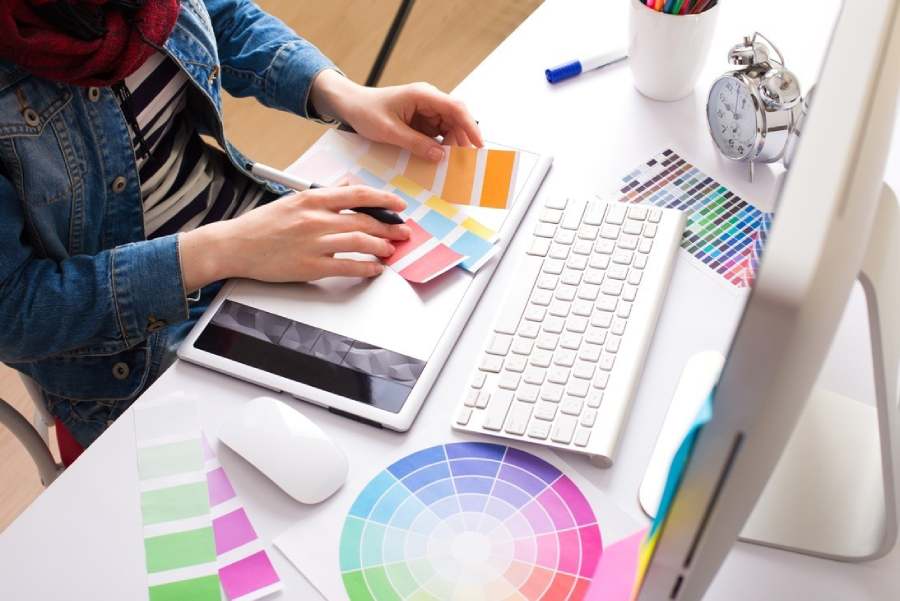Best Selling Products
Choosing the Right Laptop for Video Editing in Advertising Media
Nội dung
Choosing the right laptop for video editing not only affects the quality of the final product but also saves time and improves work efficiency.
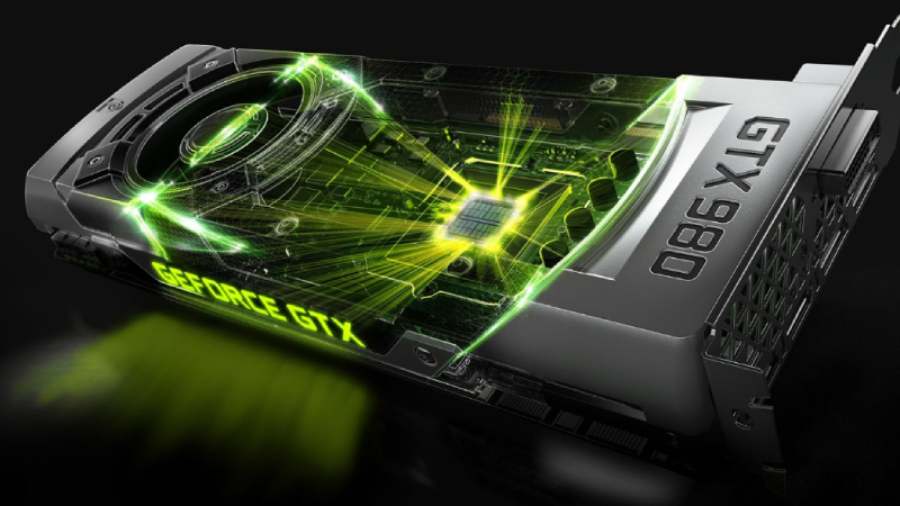
In the advertising media industry, video has become an extremely important tool in attracting customers' attention, conveying messages and building brands. Choosing the right laptop for video editing not only affects the quality of the final product but also helps save time and improve work efficiency. An ideal laptop for video editing needs to meet many technical factors to handle heavy video editing software, while ensuring mobility and convenience for creative work. In this article, we will learn about important criteria when choosing a laptop for video editing work in advertising media.
1. Powerful Processing Performance
To handle video editing software such as Adobe Premiere Pro, Final Cut Pro or DaVinci Resolve, a laptop needs to have powerful processing performance. Video editing tasks require high computing power, especially when working with high-resolution videos (4K, 8K) or videos with many layers of images and complex effects. Therefore, a laptop with a powerful processor (CPU) is a prerequisite.
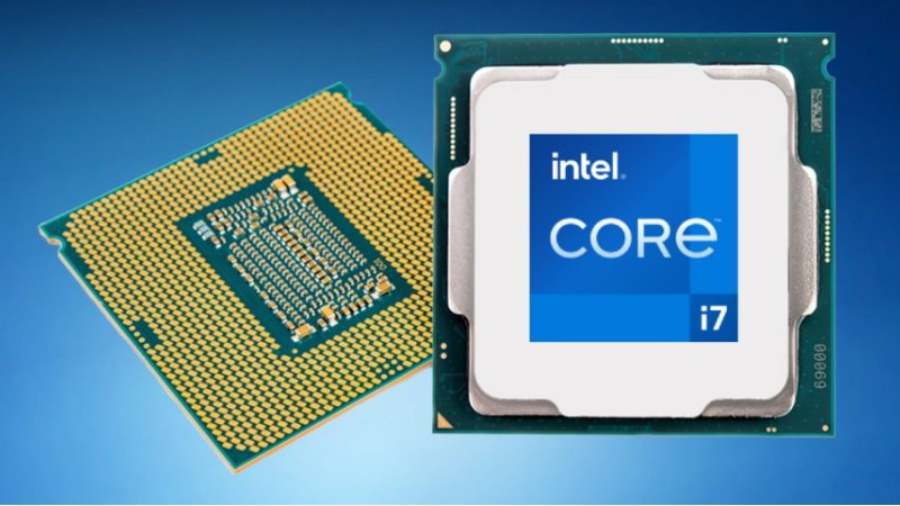
CPU Choice: Intel Core i7 or i9, AMD Ryzen 7 or Ryzen 9 processors are ideal choices for video editing work. They have multiple processing cores, allowing the laptop to handle multiple tasks at once, minimizing lag when working with heavy videos. A powerful processor helps reduce video rendering time and improve performance when working with complex effects.
2. RAM Capacity
RAM is an indispensable factor when choosing a laptop for video editing. RAM helps to process multiple tasks and data simultaneously during work. When editing videos, editing software will have to load large video files and graphic effects, so the larger the RAM capacity, the faster and smoother the processing.
RAM options: For professional video editing, a laptop should have at least 16GB of RAM, and if possible, 32GB or more. Large RAM helps you work on complex video projects without experiencing lag or freezing, especially when working with multiple software at the same time such as video editing, effects, audio and image processing.
3. VGA (Graphics Card)
The graphics card (GPU) is a decisive factor in the ability to process graphics and video. A powerful GPU will help speed up the processing of high-resolution videos, complex graphic effects, and especially when working with 3D video editing software. If you work with videos with many special effects, 3D motion, or high image quality, owning a discrete graphics card is extremely important.
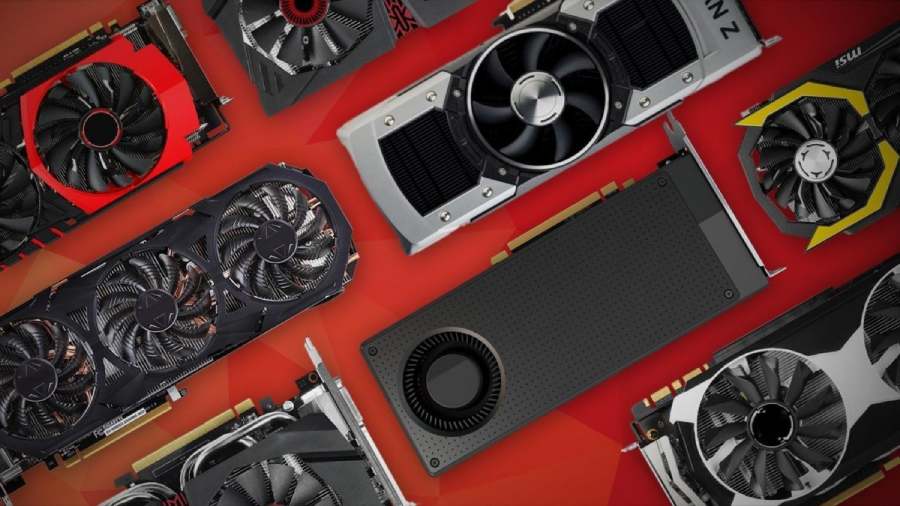
GPU Choice: NVIDIA (GeForce GTX/RTX) and AMD (Radeon RX) graphics cards are popular choices for video editing. These graphics cards support modern video editing and graphics software, helping to reduce video rendering time and bring better working efficiency. In particular, with the use of GPU, the laptop will be able to handle 4K, 8K video and intensive effects more smoothly.
4. High Quality Display
The screen is an extremely important factor when choosing a laptop for video editing. A high-quality screen helps users easily observe, edit and check the colors and details in the video. For video editing work in advertising media, seeing every detail and color clearly is extremely important, because these factors directly affect the viewer's perception.
Screen selection: You should choose a laptop with a high-resolution screen of at least Full HD (1920 x 1080), however, for professional video editing work, a 4K screen (3840 x 2160) will provide higher definition, helping you see details and colors more accurately. IPS screens are an ideal choice, as they provide wide viewing angles and true colors, helping you edit videos with the most precision. In addition, the screen's color coverage also needs to reach at least 100% sRGB or DCI-P3 to ensure that the colors you edit are accurate and easily reproduced on other devices.
5. SSD Storage Capacity
In video editing work, storage capacity is an indispensable factor. Video is a very large file type, so a fast and large enough storage system is needed to hold high-quality video files, as well as video editing software. Traditional HDD hard drives are no longer able to meet current working speeds.
Choosing an SSD: SSD (Solid State Drive) is the optimal choice for storage when working with video. SSDs have much faster read and write speeds than HDDs, helping to reduce video loading and rendering times. Laptops for video editing should have at least 512GB SSD, and if possible, choose 1TB or more to ensure enough working space.
6. Battery Life

Battery life is important if you need to work outside the office or on the go. Video editing requires a laptop to use a lot of resources and consume a lot of power, so choosing a laptop with a long battery life will help you work efficiently without interruption.
Battery Choice: Laptops for video editing should have a minimum battery life of 6-8 hours. However, with powerful laptops, battery life may be reduced, so you should remember to bring a charger when working outdoors or when traveling.
7. Design and Portability
For those working in the advertising and media industry, laptop portability is also an important factor to consider. A thin, light laptop that is easy to carry around will help you be more flexible in your work.
Design choices: Laptops for video editing don’t need to be too heavy, but they also need to be durable and sturdy for long-term use. You can choose laptops with thin and light designs like MacBook Pro, Dell XPS, or gaming laptops, these products often have modern designs and high mobility.
8. Connectivity and communication ports
When choosing a laptop for video editing, connectivity and communication ports are important factors that cannot be ignored. Having enough necessary connection ports helps you easily connect to peripheral devices such as external monitors, storage hard drives, or audio devices to increase work efficiency. USB-C, HDMI, Thunderbolt or SD card ports are popular choices, helping to transfer data quickly and stably. In particular, if you work with large video files, having a USB 3.0 or Thunderbolt port will help copy and move data quickly, saving significant time. Moreover, a laptop with stable Wi-Fi and Bluetooth connectivity is also essential, making it easy for you to work with cloud services or connect to other wireless devices during video editing.
Conclude
Choosing the right laptop for video editing in advertising media is an important decision and needs to be carefully considered. A good laptop will help you improve work efficiency, reduce video rendering time and ensure the quality of the final product. Factors such as CPU performance, RAM capacity, graphics card, display screen, SSD storage capacity, battery life and laptop portability are all important factors to consider. Choosing the right laptop will help you do video editing work in the most professional and optimal way.










































